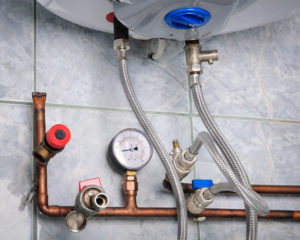 Winter takes a toll on most of our infrastructure. It sits heavy on the roof, the roads and could ruin your plumbing – especially if you didn’t properly prepare for the frigid weather. Leakages and burst pipes are common occurrences once the snow melts away and spring sets in.
Winter takes a toll on most of our infrastructure. It sits heavy on the roof, the roads and could ruin your plumbing – especially if you didn’t properly prepare for the frigid weather. Leakages and burst pipes are common occurrences once the snow melts away and spring sets in.
Here are a few things you could do to ensure that any plumbing damage that happened during the winter doesn’t ruin your entire house. The steps vary from simple inspections to calling upon trusted plumbing companies in the Denver area to help you repair any damages.
Look and Listen
Visually inspect the pipes. Go to your attic, the basement or the crawl space (but do consider safety) and inspect the exposed plumbing. Pay attention to the seams and the joints to find those tiny hard-to-spot leaks.
You can also sit in your house while everything is silent and listen for dripping or rushing from different points in the living space. Keep an eye on the water pressure, as well, when you turn on the tap or the shower. Lower water pressure may indicate a possible crack or leak in your pipes.
Pay Attention to Your Water Bill
A spike in your water bill immediately after the winter could point to a leak. Know the average amount of water you spend in a month and compare it with the first month of spring to identify spikes that are unaccounted for.
Check for Unexpected Dampness
Leak spots on the ceiling, dampness in some rooms and unexpected wetness in areas near pipes hint at leaks and sometimes severe damage to your plumbing.
Inspecting your plumbing on your own might be good enough to identify any obvious post-winter damages. However, if you cannot access all the plumbing joints and pipes, it would be wise to let a professional handle the inspection. Plumbers are the experts, after all, and have what it takes to spot the tell-tale signs of leaks and other issues.

